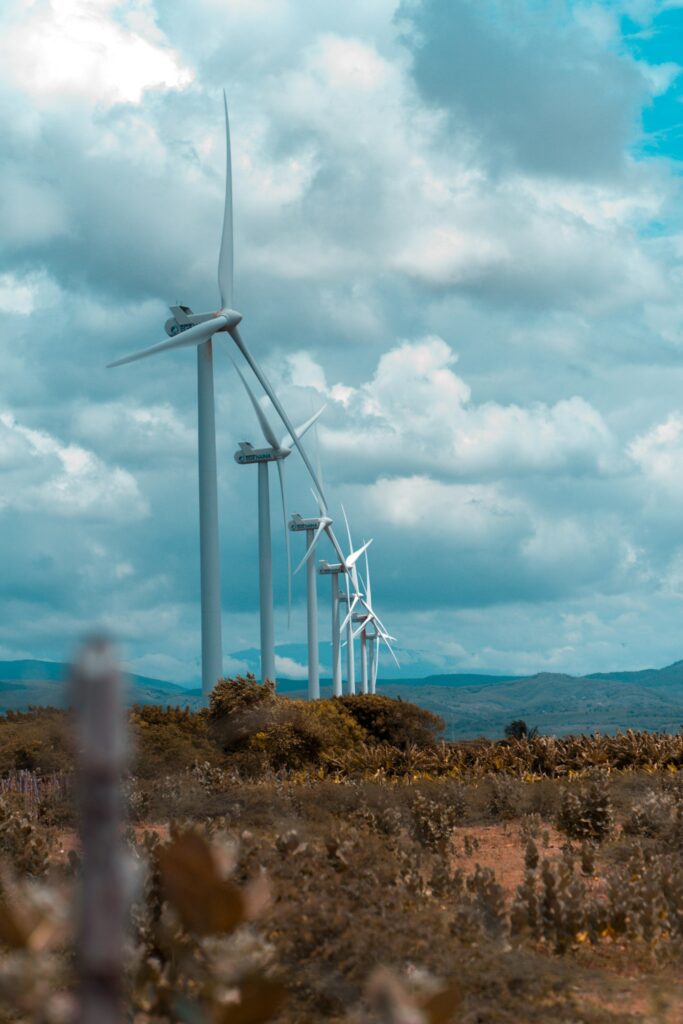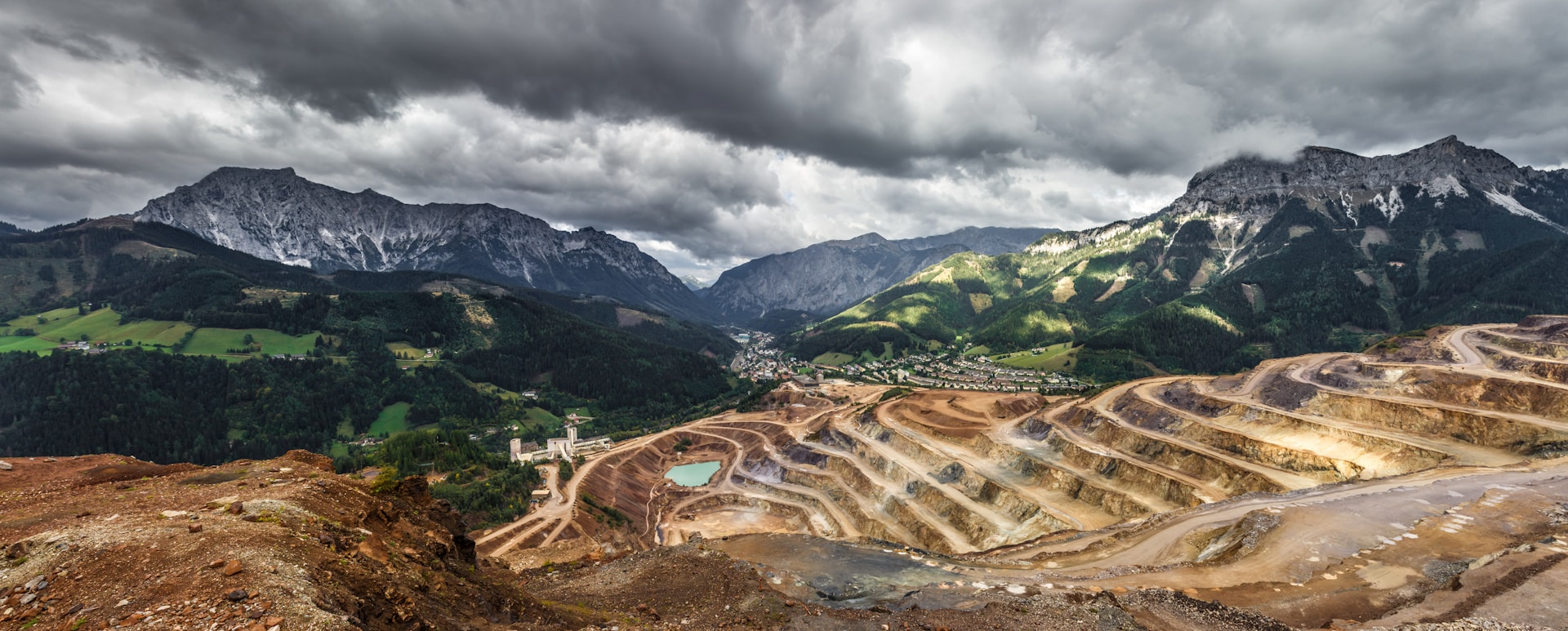Did you know that rare earth (RE) elements aren’t necessarily scarce? Other metals widely used for industrial purposes, such as copper and zinc, are scarcer than some REs. What are Rare Earth Elements, then, and why do we call them “rare”?
What Are REs?
Most important, REs are a collection of 17 metallic elements. While some metals, such as bronze and iron, have found use in human hands throughout history, and others, such as gold and silver, are prized for their malleability and luster, REs have only recently become useful enough to warrant extraction.
The name ‘rare-earth’ is misleading and does not represent a geologic scarcity. The origin of this description lies in the occurrence of Res as a mixture of element in minerals, generally at low concentration.
In fact, REs are found throughout the world. That being said, there are only a few places with significant enough concentrations to make their extraction economically viable. It’s that difficulty which makes them “rare.”
Want to Know More?
Check out this MIT article!

Importance of REs
The late 19th century witnessed the discovery of REs as well as the early, frustrating attempts at classifying them. But it wasn’t until WWII and the development of the nuclear sector that they began to be commercially refined. Today, our world might not function without them.
Rare earths fulfill thousands of different needs – cerium, for instance, is used as a catalyst to refine petroleum, and gadolinium captures neutrons in nuclear reactors. But these element’ most outstanding capabilities lie in their luminescence and magnetism.
– Nikk Ogasa, writing for Science News
Computer hard drives, LED lighting, digital cameras are all dependent on REs, as are aircraft engines and X-ray and MRI scanning systems, just to name a few.[1] Modern clean-energy solutions, such as rechargeable batteries, wind turbines, and electric cars also use components made from REs. Their use is all around us.
Want to Know More?
Check out this USGS Fact Sheet!
Obtaining REs
Because REs do not occur by themselves in nature, they require complicated processing in order to extract them from other minerals. A deposit therefore needs to be significant to make extracting REs economically viable. Many of the richest known sources are in China, who has been the world’s top producer (95%) since the 1990s. Recent political tensions and reductions in RE exports have prompted significant many nations to discover alternative sources. In recent years several promising sites have been found, including what may potentially be one of the largest RE deposits in the world. Located in Montana’s Laramie Mountains, a mining operation could be operational in as little as 5 years.[2]
It is perhaps ironic that the transition into greener energies drives the need for REs. The mining process – before now mostly in faraway China – is an invasive, destructive process that can have drastic impacts for ill as well as good. Mining requires drilling and blasting. Processing relies on strong acids. Whether from the mining process itself or long-term storage of residual tailings (frequently left as ponds), air, ground, and water contamination are likely. Canada, for example, has identifies several sites near protected reserves with fragile ecosystems.[3] Communities throughout North America are concerned, especially Native American and First Nation communities, who have already been in conflict over the harmful effects of mining to reservation lands.[4] In fact, most of the significant nickel, lithium, and cobalt reserves in the US are within 35 miles of Native American reservations. Speaking up is the SIRGE Coalition, or Secure Indigenous Peoples’ Rights in a Green Economy. This coalition seeks to elevate Indigenous leadership and include active participation of Indigenous Peoples in constructive discussion and mitigation of community harm.
A 2020 study found that mining potentially influences 50 million square kilometers of Earth’s land surface, with 8 percent coinciding with Protected Areas, 7 percent with Key Biodiversity Areas, and 16 percent with Remaining Wilderness.
There are people, even organizations, who are concerned about the destructive nature of mining. They recognize that there are other sources for these precious materials and are actively developing alternative possibilities. Recycling, for example. Used electronics components, such as batteries, can have their parts repurposed and their REs remelted.[5] Also, the nature of these elements to be hand-in-glove with other minerals make old mines an exciting possibility. Left behind in tailings ponds and waste piles, this possibility is not only less invasive than blasting new pits, it upholds green ideology by cleaning up rather than destroying. There is plenty of waste, too – in coal alone there are hundreds of millions of tons of piled waste, not to mention that a single mine can dump 800 gallons of runoff per minute of into a tailings pond. Processing this water waste produces a powdery concentrate about 95% RE oxides as well as cleaning the water. Two leading projects are in West Virginia, treating mine drainage, and in North Dakota, processing coal waste from lignite mining.[6]
As humanity builds a future of greener technology and inclusivity, there is room to hope that construction is done responsibly, healing the wounds of the past rather than inflicting new.

[1] https://www.bbc.com/news/world-17357863
[2] https://www.wyomingpublicmedia.org/open-spaces/2023-05-26/massive-rare-earth-discoveries-could-mean-a-new-mining-rush-in-the-mountain-west
[3] https://www.cbc.ca/news/canada/edmonton/rare-earth-minerals-elements-alberta-canada-climate-change-environment-1.6558991
[4] https://www.ncbi.nlm.nih.gov/pmc/articles/PMC5429369/
[5] https://www.engineering.cornell.edu/spotlights/biomining-rare-earth-elements
[6] https://apnews.com/article/rare-earth-elements-clean-energy-national-security-7a4aee1c88dad6543b6f67f22f0580aa
